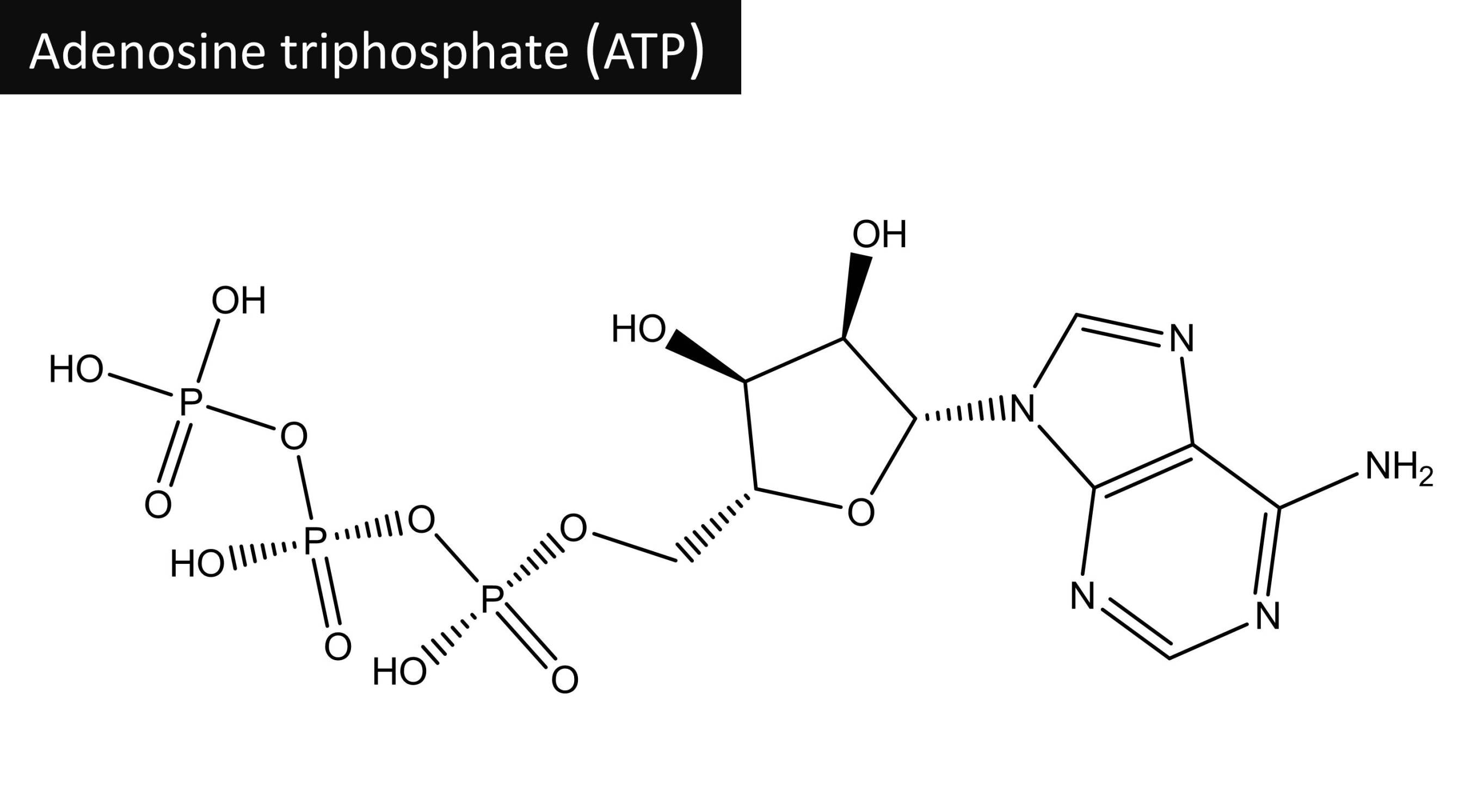
There is a molecule in the cell working as a coenzyme that we often refer to as “the chemical energy of life.” Adenosine Triphosphate, or ATP, is what’s produced when there is a healthy mitochondrial uptake of glucose. When the cell membrane is performing as it should, there is an efficient glucose metabolic function that produces ATP.
What makes this chemical compound so important? It’s a simple way to keep score of the performance of the cell when it comes to measuring energy that’s being produced. ATP performs two different energy functions. It burns and it stores. When a cell needs energy, a chemical process takes place that breaks a bond in the ATP between two of its three phosphates. This unlocks stored energy. When there is more energy than the body requires, ATP stores it.
The Role Of Exercise
When muscles aren’t being used, we can run into situations where the required levels of ATP aren’t produced. This is because muscles contain fairly large levels of glycogen, a complex carbohydrate. Cellular activity first breaks down this glycogen into glucose, and then the metabolism creates ATP which functions as a coenzyme. When oxygen levels are low during metabolism, higher levels of a byproduct are created. This byproduct is lactic acid, and when it is produced during exercise, it can cause muscle fatigue. It is also the source of what causes soreness after we’re done exercising.
Lactic Acid Levels
Can the levels of lactic acid be controlled? Absolutely. The key is to keep blood sugar levels stable. Botanical nutrients and activating herbs to nourish cells can help to restore and maintain the glycemic balance that’s required. These include a proprietary and patented nutrient we have developed at Systemic Formulas, Chromium 4OH Isoleucinate.







